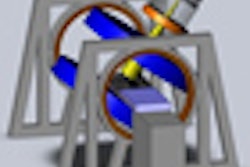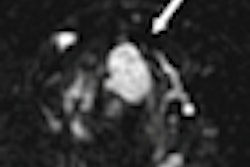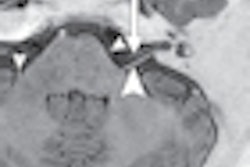In men with persistently high prostate-specific antigen blood test results and one or more negative transrectal ultrasound biopsies, multiparametric MRI is performed with T2-weighted, diffusion-weighted, and dynamic contrast-enhanced imaging. In these patients, approximately 50% of cancers are found in the peripheral zone and approximately 50% are found in the central gland, said presenter Geert Litjens of Radboud University Nijmegen Medical Centre.
"This is most likely caused by the fact that due to the anatomy of the prostate, cancer in the central gland is most difficult to biopsy," Litjens said. "Due to the distributions of cancer origin found in [transrectal ultrasound or TRUS], a lot of studies have focused on the detection of prostate cancer in the peripheral zone, neglecting the 30% of cancers --and even more in MRI after initial negative TRUS biopsy -- originating in the central gland."
Because the recently published Prostate Imaging Reporting and Data System (PI-RADS) described texture characteristics as the most important feature in detecting cancer in the central gland, the researchers decided to develop a CADx system to differentiate between normal/benign and malignant areas using texture and relaxation features, Litjens said. Relaxation features (T2 maps) are needed due the lack of standardization in MR signal intensity.
The researchers then evaluated their system on 101 patients, 36 of whom had benign disease and 65 of whom had MR-guided biopsy-proven prostate cancer.
"Our results show that an area under the [receiver operator characteristics (ROC)] curve of 0.76 can be achieved using our method, which is similar to the performance of radiologists reported in literature when they only have T2-weighted images available," Litjens said. "We hope that this will eventually lead to a complete system [that] will help improve the diagnostic accuracy of the radiologists."



















